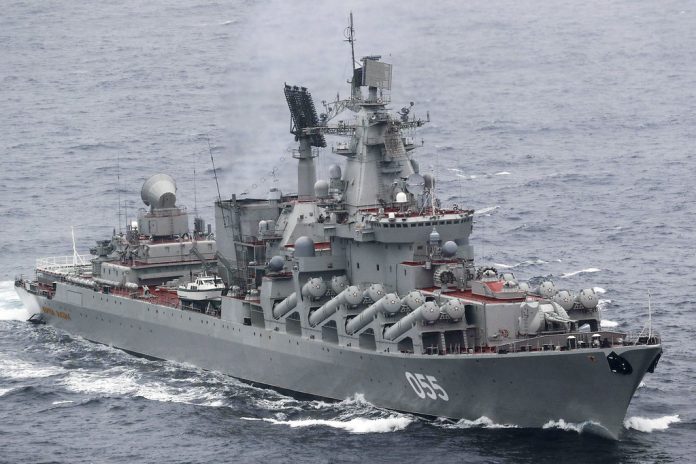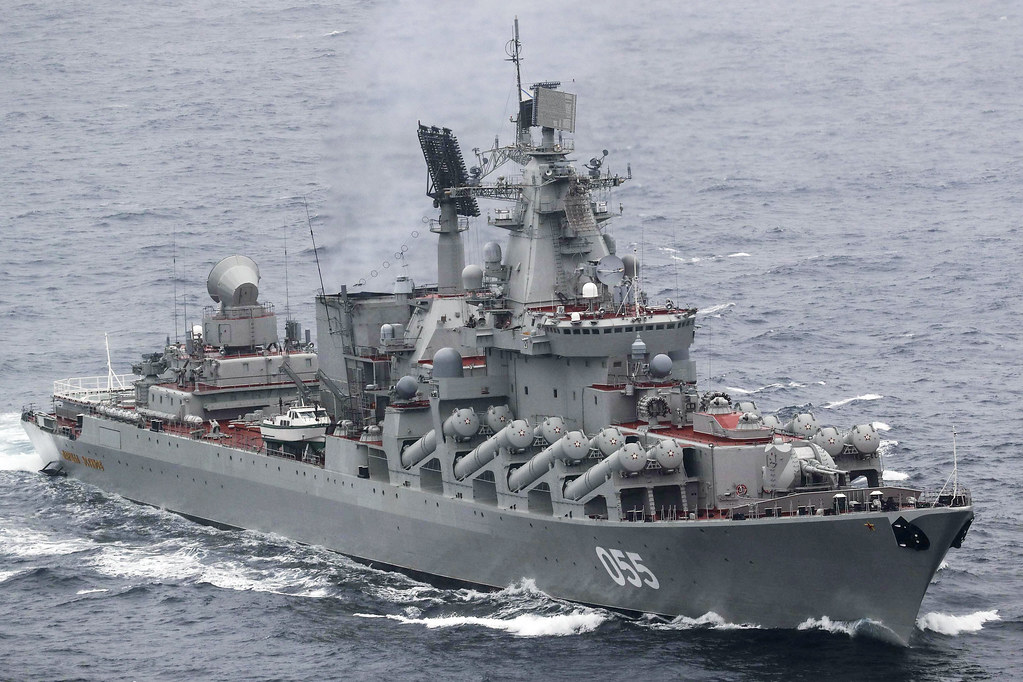
Once feared behemoths of the sea, the Russian Kirov-class battlecruisers—colossal warships armed to the teeth with the latest technology of their time—now stand as relics of a bygone era.
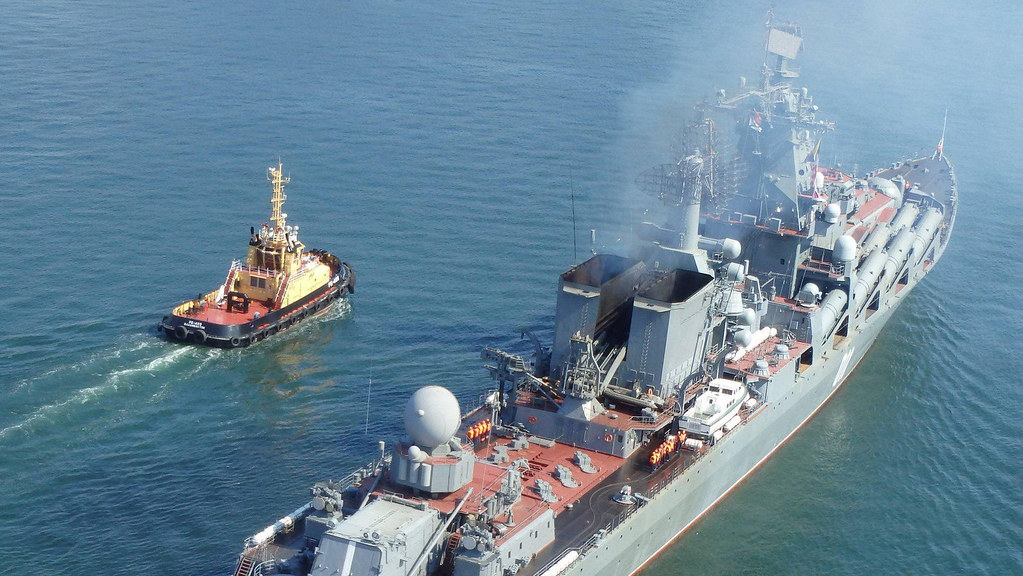
Built during the heat of the Cold War to project Soviet power and counter the might of U.S. Navy’s aircraft carriers, these ships find themselves in an awkward dance with obsolescence in the face of modern warfare challenges.
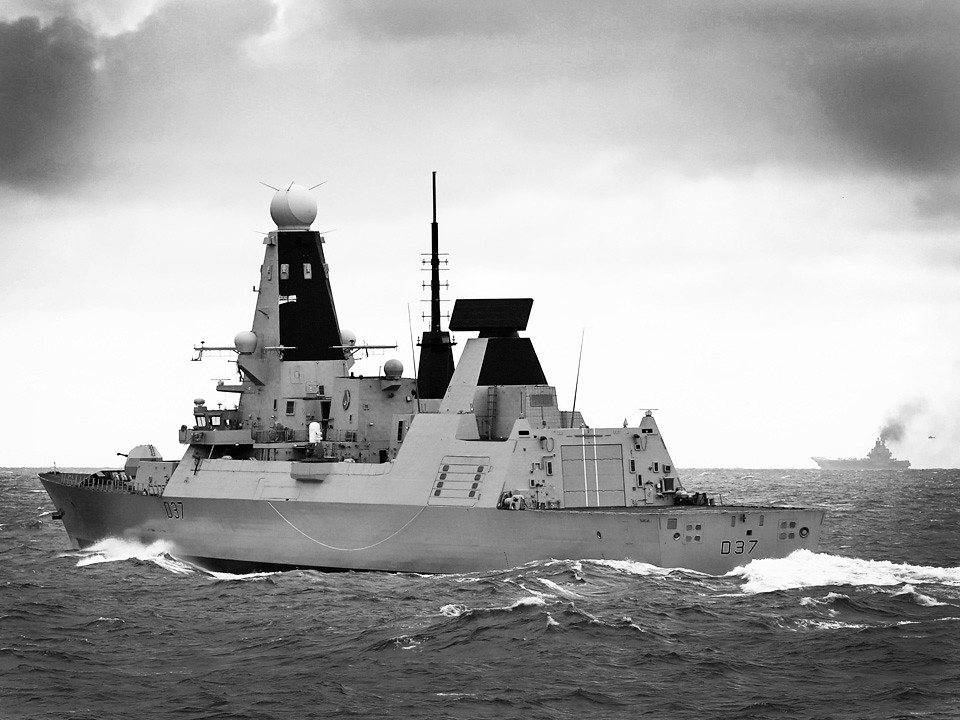
The Kirov-class battlecruisers were a product of military fear and strategy, crafted meticulously to dominate the high seas. The formidable design included a vast array of weapons, with SS-N-14 anti-submarine missiles and the P-700 Granit anti-ship missiles as the centerpieces of their arsenal.
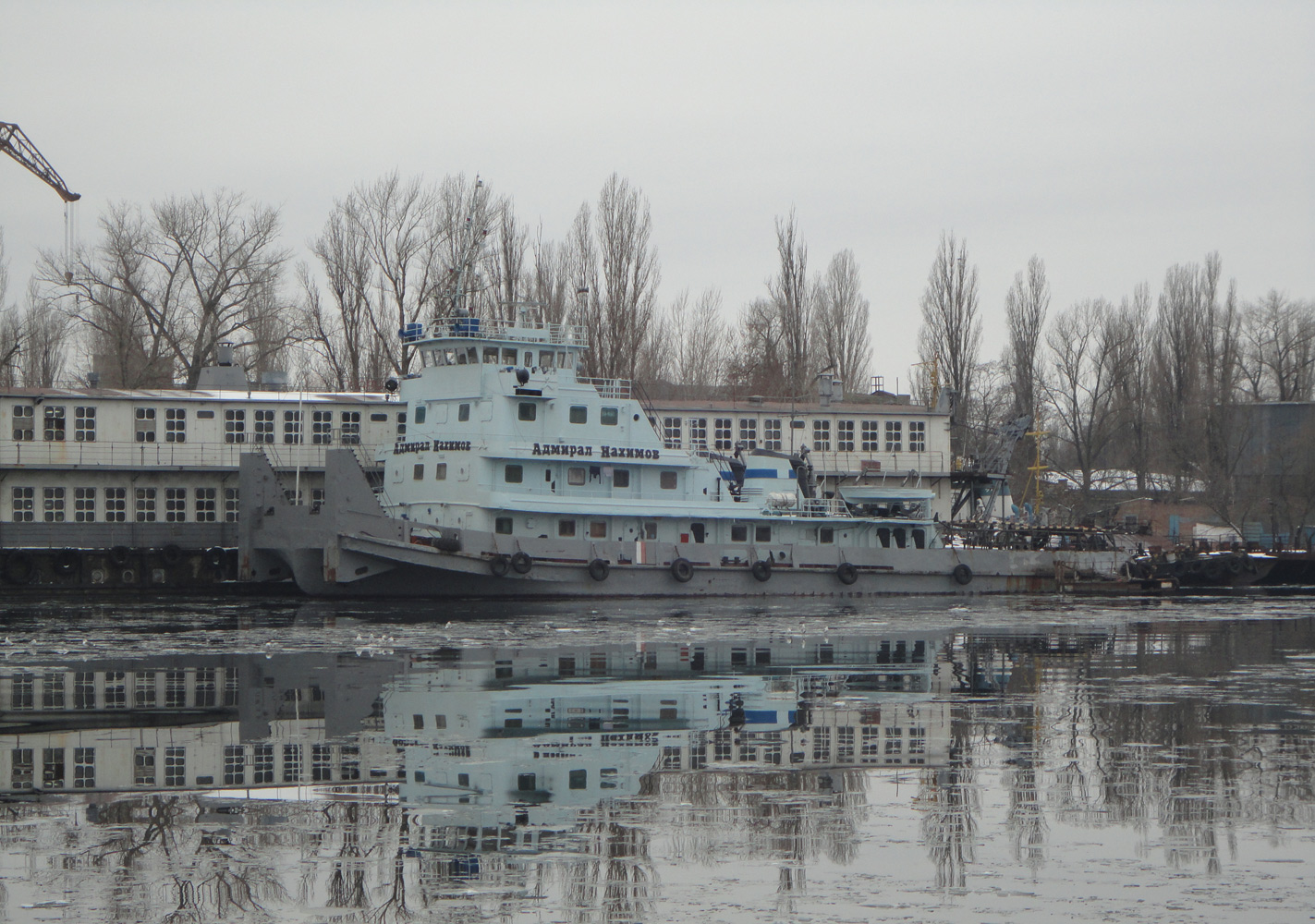
They were also the pioneers in blending nuclear and steam turbine propulsion, making them a force to be reckoned with, capable of matching the endurance and capabilities of the U.S. Navy’s carriers.
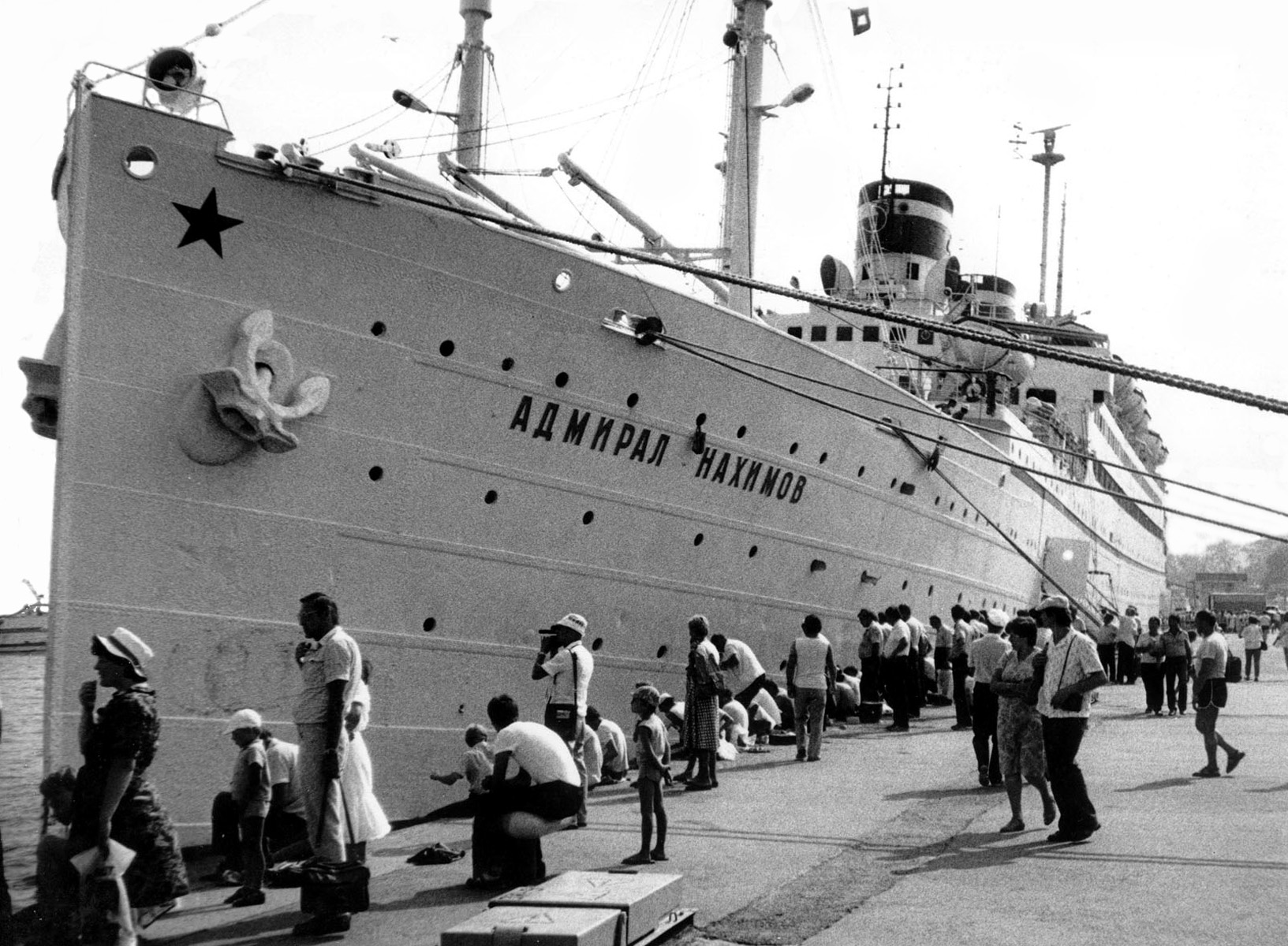
One expert highlighted the sophistication of the propulsion system, stating that “The propulsion system was a combination of nuclear power and steam turbine, with two nuclear reactors coupled to two oil-fitted boilers, which superheated the steam produced in the reactor plant to increase the power output available during high-speed running, while it also provided an essentially unlimited range.”
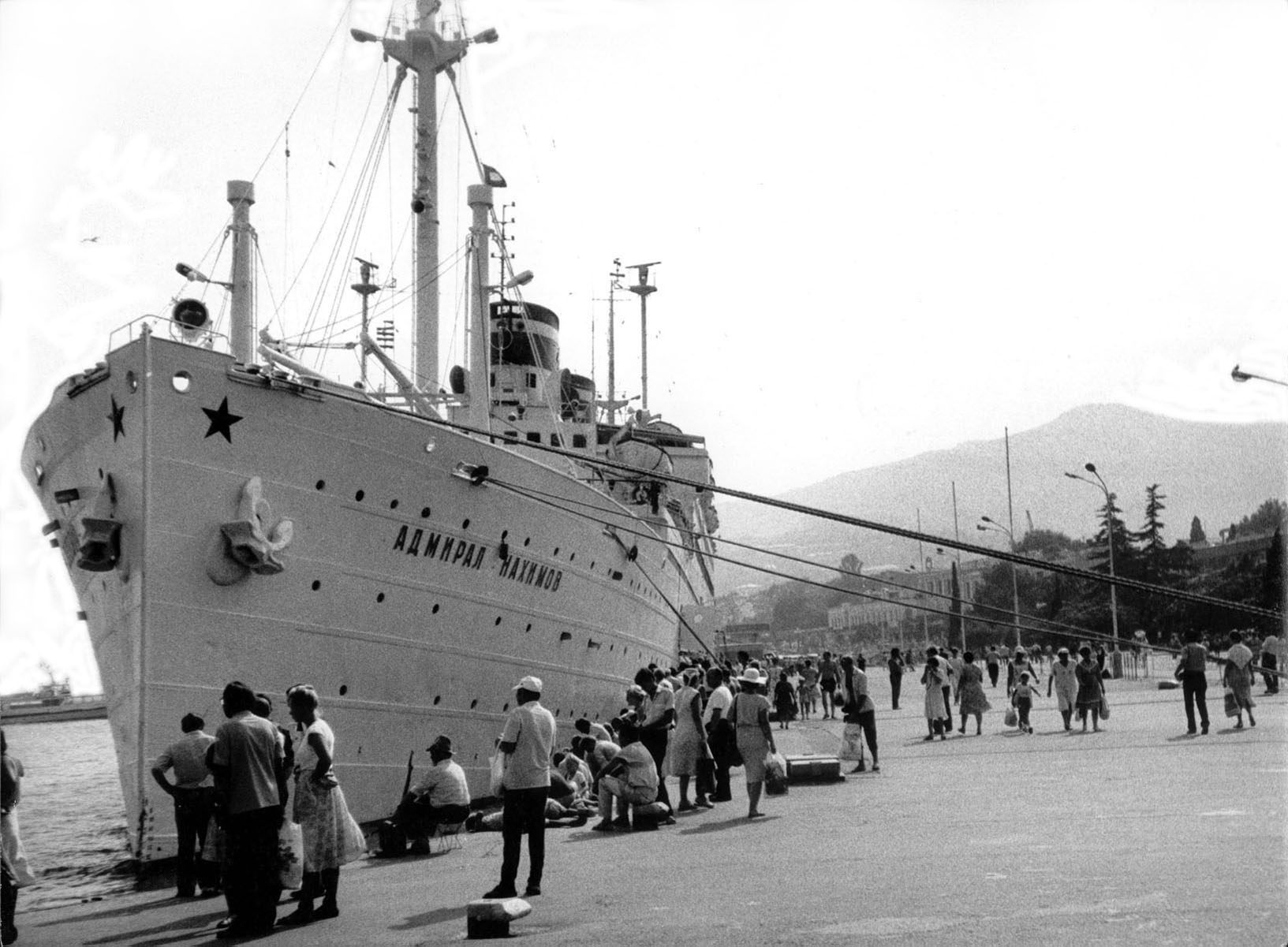
Despite their impressive design and weaponry, the reality of maintaining such complex and cost-intensive vessels soon became apparent.
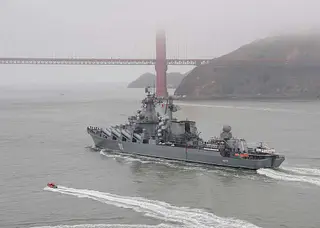
Four Kirovs were built, yet today, only two remain, with one in drydock since the early 2000s. The costly upkeep, coupled with the challenges of retrofitting aging platforms with modern technology, casts a shadow on the future of the remaining Kirovs.
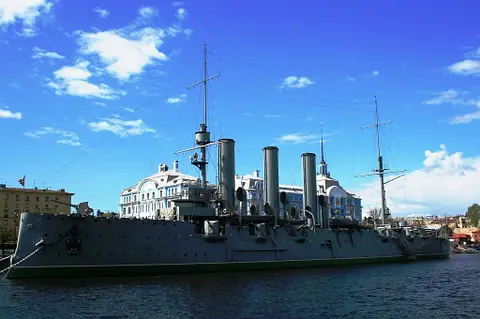
The situation of the Admiral Nakhimov, stuck in drydock and awaiting modernization, encapsulates the Kirovs’ plight.
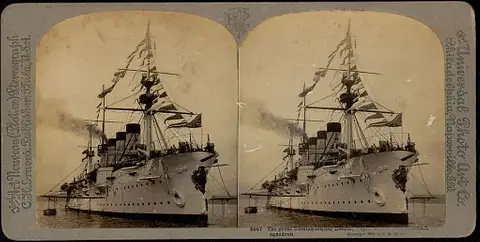
Despite delays and incidents, there’s still a push to refurbish this titan of war—a testament to Russia’s commitment to maintaining its naval prestige, albeit perhaps at the cost of practicality.

The Kirov-class once struck fear into the hearts of U.S. Navy strategists, prompting the reactivation of the Iowa-class battleships.
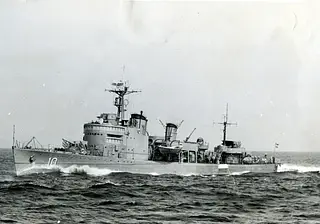
However, with the advancement of anti-access/area denial (A2/AD) systems and hypersonic weapons, the relevance of these large surface warships is being questioned. The sinking of the Moskva—a smaller Russian battlecruiser—by Ukrainian forces during the ongoing conflict further highlights the vulnerability of such assets.
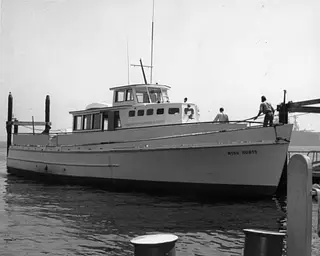
The future of the Kirov-class reflects broader trends in naval warfare. With a shift towards smaller, more nimble, and technologically advanced systems that can operate effectively within contested A2/AD bubbles, the era of large surface warships might indeed be approaching its twilight.
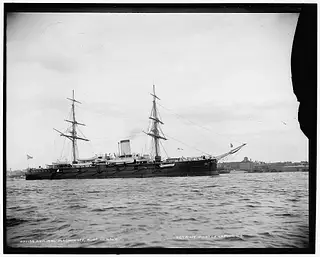
The Russians, holding on to their Kirov-class just as the Americans cling to their carriers, may need to navigate a strategic pivot to remain competitive in the age of contested environments.

As we witness the uncertain fates of the Admiral Nakhimov and the Pyotr Velikiy, along with the various woes plaguing Russia’s sole aircraft carrier, the Admiral Kuznetsov, it becomes clear that the Russian Navy’s largest warships are becoming its biggest liabilities.
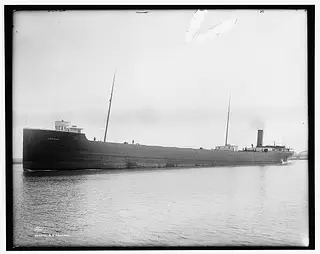
The challenges these ships face, from funding and maintenance issues to poor operational records, underscore a greater narrative: the struggle to keep legacy platforms relevant in an era where the very nature of naval warfare is being rewritten.
Relevant articles:
– Russia Built the Kirov-Class Battlecruisers to Sink U.S. Navy Aircraft Carriers, The National Interest
– Russia’s Kirov-Class Battlecruisers: A Nightmare That Isn’t Going to Stop, nationalinterest.org
– Russia’s Kirov-Class Battlecruiser Nightmare Is Very Real, The National Interest
– The Russian navy’s biggest warships are becoming its biggest headaches, Business Insider
